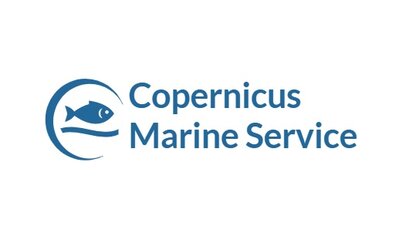Tracking maritime traffic
The Copernicus Sentinel-1 radar satellites are known for providing continuous, all-weather imagery of Earth's surface. With the introduction of Sentinel-1C and Sentinel-1D, these satellites bring enhanced capabilities for maritime traffic monitoring, thanks to their integration of an Automatic Identification System (AIS).
Originally developed to prevent ship collisions, AIS has evolved into a vital tool for tracking vessels. The system helps mitigate pollution risks, facilitates the safe transport of hazardous goods, and strengthens maritime security.
AIS enables ships to broadcast their identities and locations via transponders, operating globally so that they can be tracked precisely.
However, if a ship chooses not to transmit its position, it remains invisible within this system, presenting challenges for comprehensive tracking and monitoring.
Expanding on the radar capabilities of Sentinel-1A and Sentinel-1B, the Sentinel-1C and Sentinel-1D satellites have each been designed to carry AIS.

Access the video
The system on each satellite comprises four antennas that capture the signals transmitted by ships, which include the crucial details of a vessel's identity, location and direction of passage to enable precise tracking.
A notable advantage of this radar-based monitoring is its ability to detect ships even if they are not broadcasting AIS signals.
This is because the synthetic aperture radar instrument on each of the Sentinel-1 satellites can detect ships, which appear as bright spots in the ocean in the radar image, however the combination with AIS, can highlight the ships that are not broadcasting their identity and location.

Such ‘silent’ vessels could potentially indicate illegal activity, prompting further investigation by maritime authorities.
AIS therefore improves the Sentinel-1 mission’s ability to monitor the movement of ships, indicating their direction and speed, supporting efforts to detect illegal activities, and helping ships avoid collisions.
Besides having an AIS signal antenna, Sentinel-1C's GNSS (Global Navigation Satellite System) receivers will also be compatible with Galileo.














 Germany
Germany
 Austria
Austria
 Belgium
Belgium
 Denmark
Denmark
 Spain
Spain
 Estonia
Estonia
 Finland
Finland
 France
France
 Greece
Greece
 Hungary
Hungary
 Ireland
Ireland
 Italy
Italy
 Luxembourg
Luxembourg
 Norway
Norway
 The Netherlands
The Netherlands
 Poland
Poland
 Portugal
Portugal
 Czechia
Czechia
 Romania
Romania
 United Kingdom
United Kingdom
 Slovenia
Slovenia
 Sweden
Sweden
 Switzerland
Switzerland
































